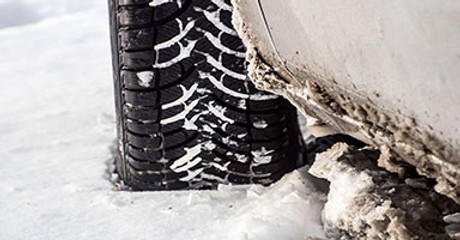11 Ways To Winterize Your Car
Posted by Collectors Auto Supply on Nov 14th 2019
That time of the year quickly approaches; when white blankets of snow coat the ground and people break out their winter coats. But before temperatures drop and the days get shorter, it’s a good idea to winterize your car so that your frosty transition will be as seamless as possible. Here are some tips to prepare your car for winter, so when you need it most, it’ll be prepared for below-freezing temperatures:
Battery

Cold weather is tough on a battery. At -9ºC, a fully-charged battery can only perform at 50% power. Freezing temperatures also thicken your cars’ fluids, making it harder to crank when you turn the key, therefore putting even more strain on your battery. Before temperatures drop, perform a battery load test to check your car battery’s health. Also, be sure to clean up any corrosion that may have accumulated around your connection points to ensure you have the strongest connection possible.
Antifreeze
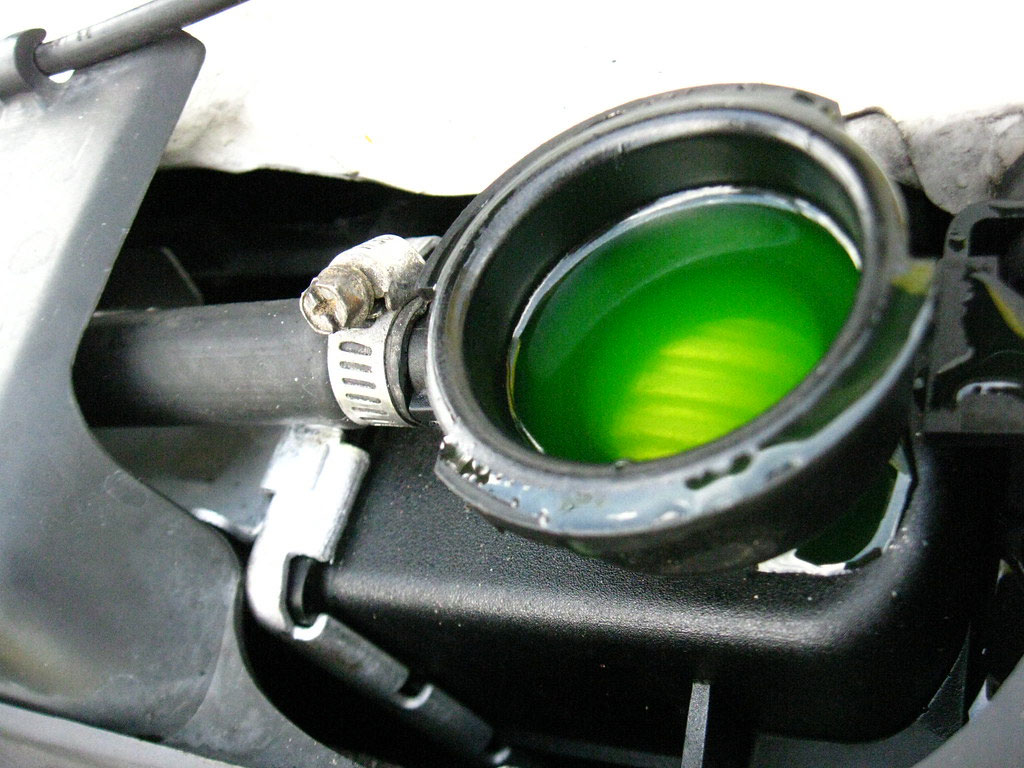 They call it antifreeze for a reason, so it must be important, right? Ensuring not only that you have enough antifreeze in your car is vital, but also that it’s the right mixture. This will prevent your car’s coolant from freezing, while allowing it to flow most efficiently through your engine in cold temperatures. In the winter, the optimal antifreeze to water ratio is 50:50.
They call it antifreeze for a reason, so it must be important, right? Ensuring not only that you have enough antifreeze in your car is vital, but also that it’s the right mixture. This will prevent your car’s coolant from freezing, while allowing it to flow most efficiently through your engine in cold temperatures. In the winter, the optimal antifreeze to water ratio is 50:50.
Engine Oil
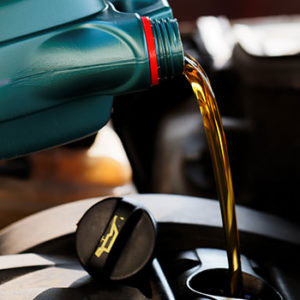
Your engine oil is your vehicle’s blood, without it, your engine’s internal parts would overheat and break apart from the friction, or seize from the heat. Unfortunately, cold weather, especially below freezing temperatures really affects oil’s ability to circulate and do its job. This means that when you’re cranking your engine and its cold outside, thickened oil can’t circulate properly to protect your engine from damaging friction. One way to prevent this is to change to a thinner viscosity oil before the temperatures plummet. You can check which viscosity is best suitable for wintertime operation in your vehicle’s owner’s manual.
Belts and Hoses
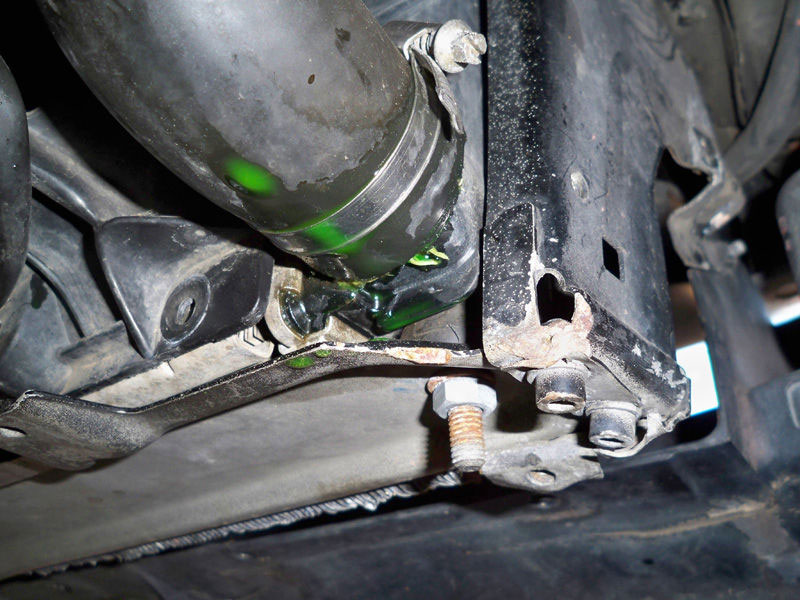
The belts and hoses in your car run important things like the power steering pump, the water pump, the air conditioning compressor, and numerous other functions. Cold weather makes these parts brittle and less reliable during the wintertime. Check your belts and hoses for wear and replace them as needed. This will prevent you from being stranded when the weather is less than ideal.
Snow Tires

If you live in an area that gets a lot of snow, you may want to consider snow tires. Now lets clear something up; yes, there’s still a possibility that you may still slip and slide in the snow. Snow tires aren’t magic, but they are made of a softer compound than all-season tires and they have a special tread pattern designed specifically for providing better traction in the snow.
Tire Pressure
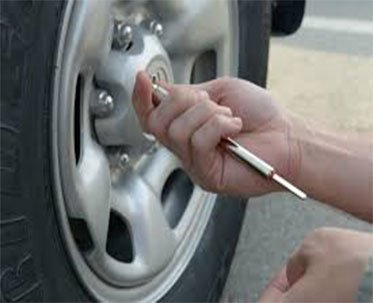
If you choose not to invest in a set of snow tires, remember to check your tire pressure regularly in the winter. Cold weather will rob your tires of valuable air pressure. It’s not uncommon to see tire PSI drop 5-10 PSI in the wintertime.
Check Your 4-Wheel Drive

Four-wheel drive is essential if you live in an area that gets lots of snow...but it has to work in order to get you out of tough situations. Have your mechanic check your 4WD system to make sure it engages smoothly, this can cause avoidable issues when you need your 4WD system the most.
Change To Winter Wiper Blades

Visibility is very important especially during blizzards and heavy snow fall, upgrading to blades designed for the winter conditions will help keep you safe on those snowy days, winter blades are designed with stronger components to endure the cold temperatures and move that heavy snow, they also come with a protective shield to stop the buildup of ice.
Protection Against Salted Roads
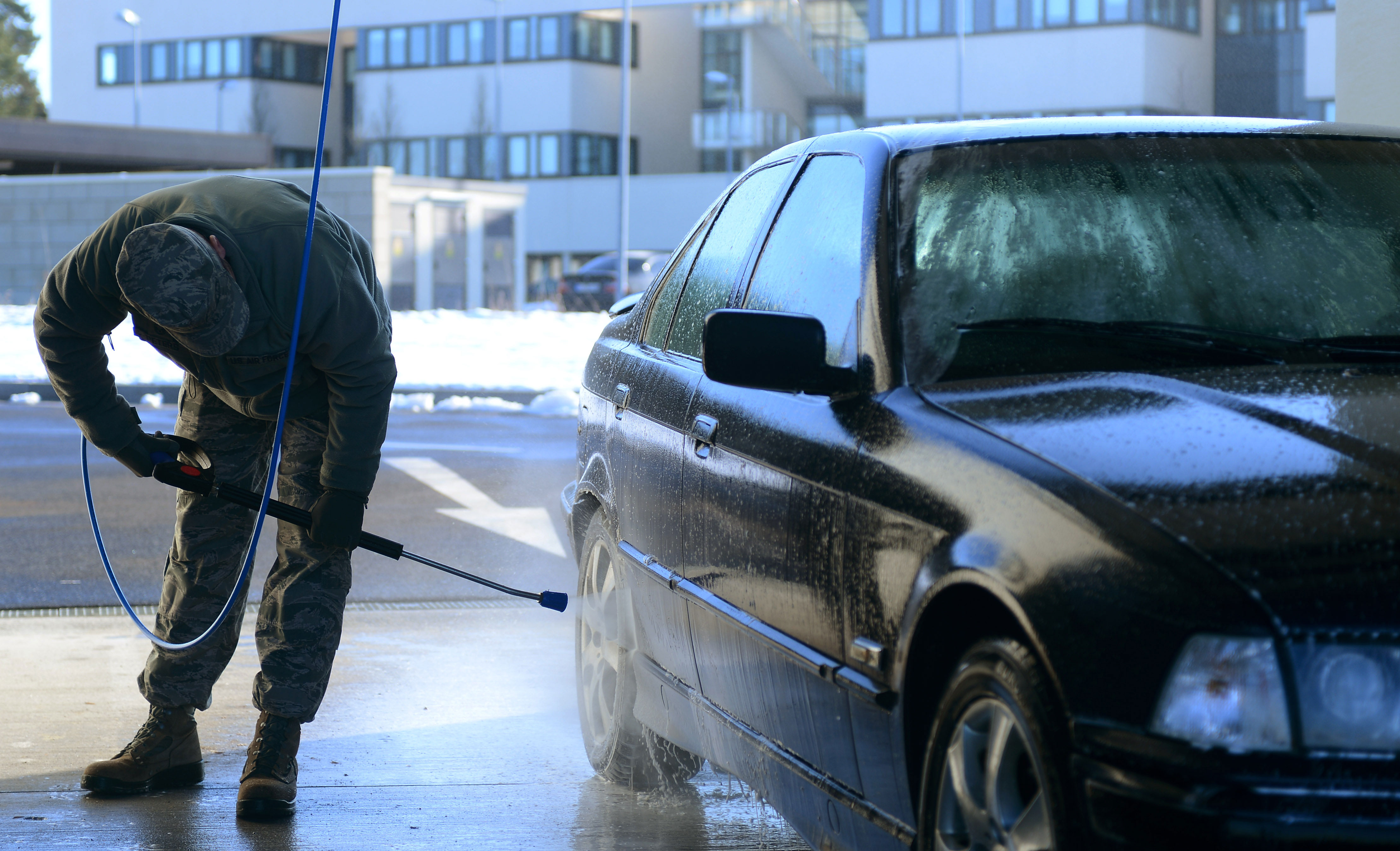
Some areas use salt mixture to melt the ice on the road which is great but is very damaging to your vehicles body and paint finish, but don’t worry there are some steps you can take to protect your vehicle. Make sure to give your vehicle a good coat of wax before the snow comes and make sure to regularly wash your vehicle to remove the salt and dirt that will stick to it, be sure to thoroughly wash with the wheel wells and under-body as salt tends to build up in those locations.
Emergency Supplies
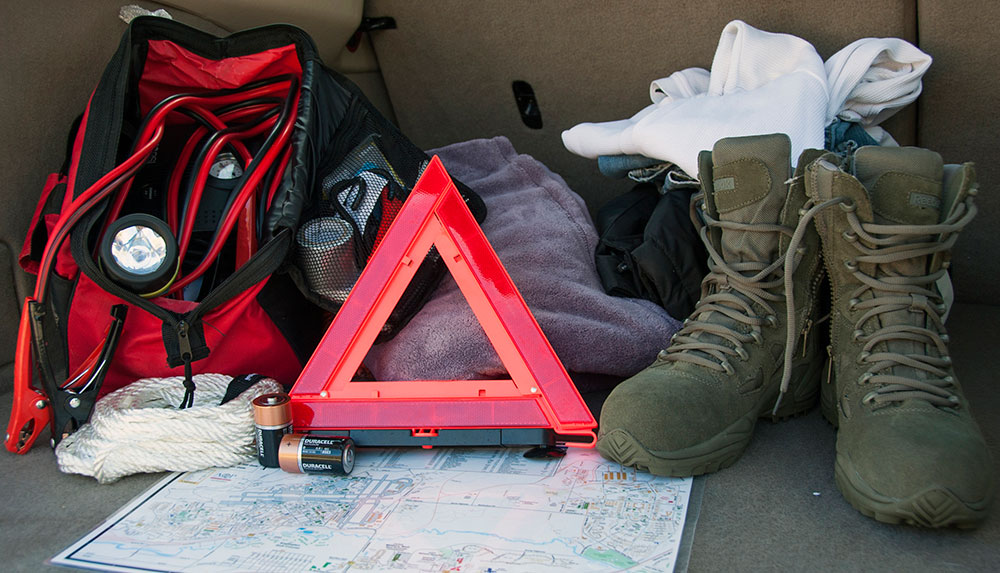
Even after all this preparation, the worst of winter blizzards may still leave you stranded. In certain weather conditions, there’s no telling how long it may be before help arrives. Even if your car is stuck on the side of the road, visibility may make it easy to miss you. For winter, be sure you keep the following in your vehicle in case of emergency:
- Jumper cables
- Tire pressure gauge
- Tire patch kit
- Phone charger
- Tire Inflator
- Blankets
- Water, non-perishable snacks
- Flashlight
Prevent Locks Freezing
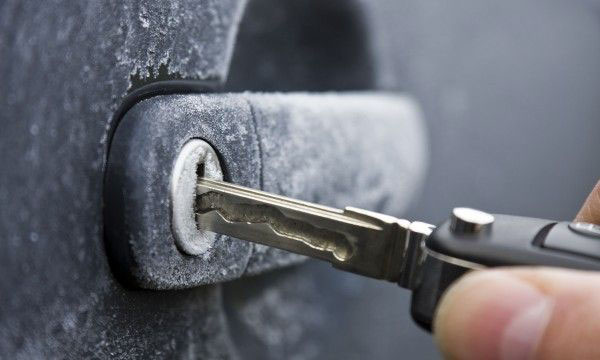
Nothing is worse than being in a rush and not being able to open your car door cause the lock has frozen, moisture and water can seep into the lock mechanisms of your vehicle and cause them to freeze up, you can combat this by lubrication your locks with a silicone spray or door-lock lubricant.
<br>
And there you have it! That’s how you winterize your car. Pretty simple stuff right? Now, if you don’t take these tips, and you walk out to your car on a snowy winter morning and it won’t start, don’t say we didn’t warn you!


